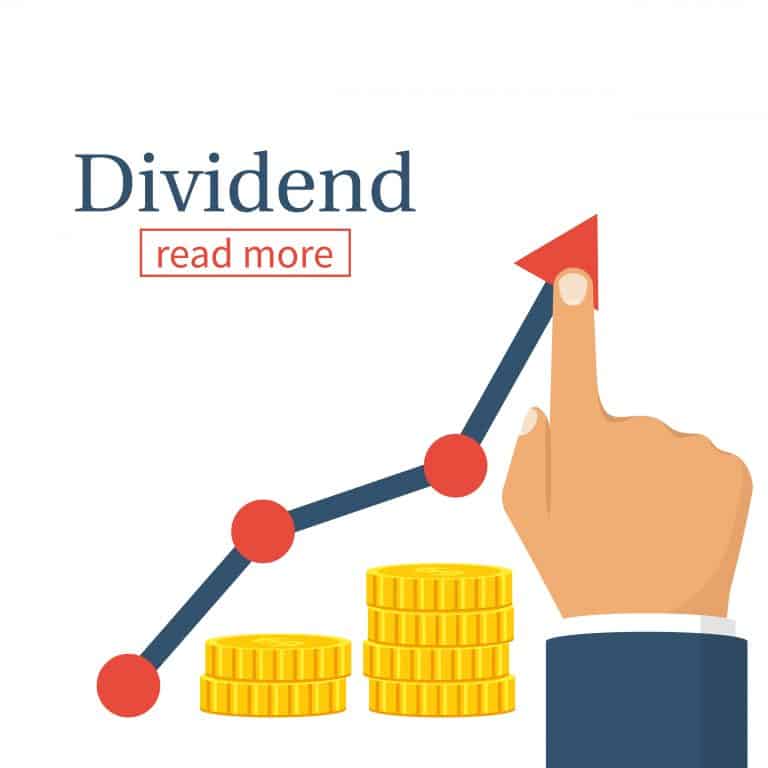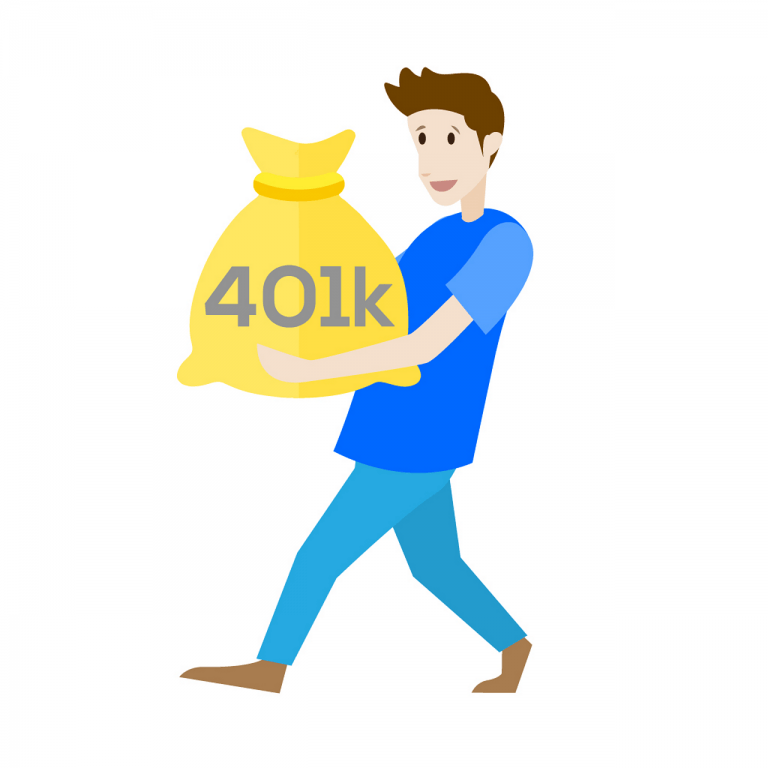Your Guide To The 3 Major Stock Indexes
An investor should have adequate financial knowledge of the 3 major stock indexes. These indexes are as follows: Standard & Poor’s 500 Index, the Dow Jones Industrial Average, and the NASDAQ Composite. Following these indexes will provide the investor with an overall gauge of how the American stock market is performing!
What Is The S&P 500 Index?
The S&P 500 Index is composed of 500 large-cap companies with a market capitalization of at least 6.1 Billion. This index covers an estimated 80% of market capitalization! It is a leading indicator of the U.S. stock market giving the investor a quick glance at how the overall economy and stock market are performing.
Many “Do-It-Yourself” investors compare their own portfolio’s performance to this index. Plenty of investors have managed to consistently outperform the S&P 500 index! As of this writing, the S&P 500’s annual total year-to-date return is 3.01%.
Many financial professionals prefer to gauge their stock performance using the popular S&P 500 Index rather than the Dow Jones Industrial Average. These professionals feel it better represents the market as a whole. The 500 companies in the S&P 500 are more representative of the “overall” market than just the 30 companies in the Dow.
The historical return of the S&P 500 between the years 1930 and 2013 was an average of 9.7%. At the top of the weightings in the S&P 500 today are many of the large technology companies, such as Apple, Google, and Amazon.
What Is The Dow Jones?
The Dow Jones Industrial Average, on the other hand, is a more “narrow representation” of the market and consists of 30 large American companies. Some examples of companies listed on the Dow are: Apple, Nike, Wal-Mart, and Exxon Mobil. The Dow is widely used by the media, to quote how the overall market is performing.
As of this writing, the Dow is currently at an all-time high! Dow companies are traded on both the New York Stock exchange (NYSE) and the Nasdaq. When investors ask “How is the market doing?” they are usually referring to the Dow and whether it is up or down.
The Dow represents companies with high share prices. These high priced stocks have a greater weight in the index. This index does change its components (companies) over time, however; not frequently.
The Dow is older than the S&P 500 and consists of large, well-established companies that are based in the U.S. These company’s stocks are referred to as “blue-chip stocks”. The Dow was invented by Charles Dow in 1896.
What Is The NASDAQ?
The NASDAQ Composite includes well over three thousand companies. The majority of these companies are in the tech industry. Following are the securities in the NASDAQ: Common stock, ADR’s, ordinary shares and limited partnership interests. This index also includes tracking securities, REIT’S, and shares of beneficial interest.
The NASDAQ tracks stocks electronically and holds many “speculative” stocks. It is both an index and an exchange. This index has more volatility than the S&P 500 & the Dow.
Low costs are one of the biggest advantages of investing in index funds. Index funds, unlike some professionally managed mutual funds with high fees, do offer the investor “lower” costs. It is considered “passive investing,” and not active investing, when you invest in an index fund. Index funds are useful for individuals that have little knowledge of investing or don’t take the time to learn how to invest in stocks.
In conclusion, an investor should know the differences between the three most- followed indexes. An investor should primarily use the S&P 500 and Dow to compare their investment returns. The S&P 500 is more “popular” with investors than the Dow and NASDAQ, in gauging the overall market’s performance. Most investors feel that the 500 companies in the S&P 500 are a “better” indicator of the economy than just the 30 companies in the Dow. An investor that chooses to invest in an S&P 500 index fund will have the advantage of keeping their portfolios diversified and their investment costs low.








Please explain what ETF means.
ETF stands for Exchange-Traded Funds. They are low cost with low taxes and trade like stocks. They track a stock or bond index.